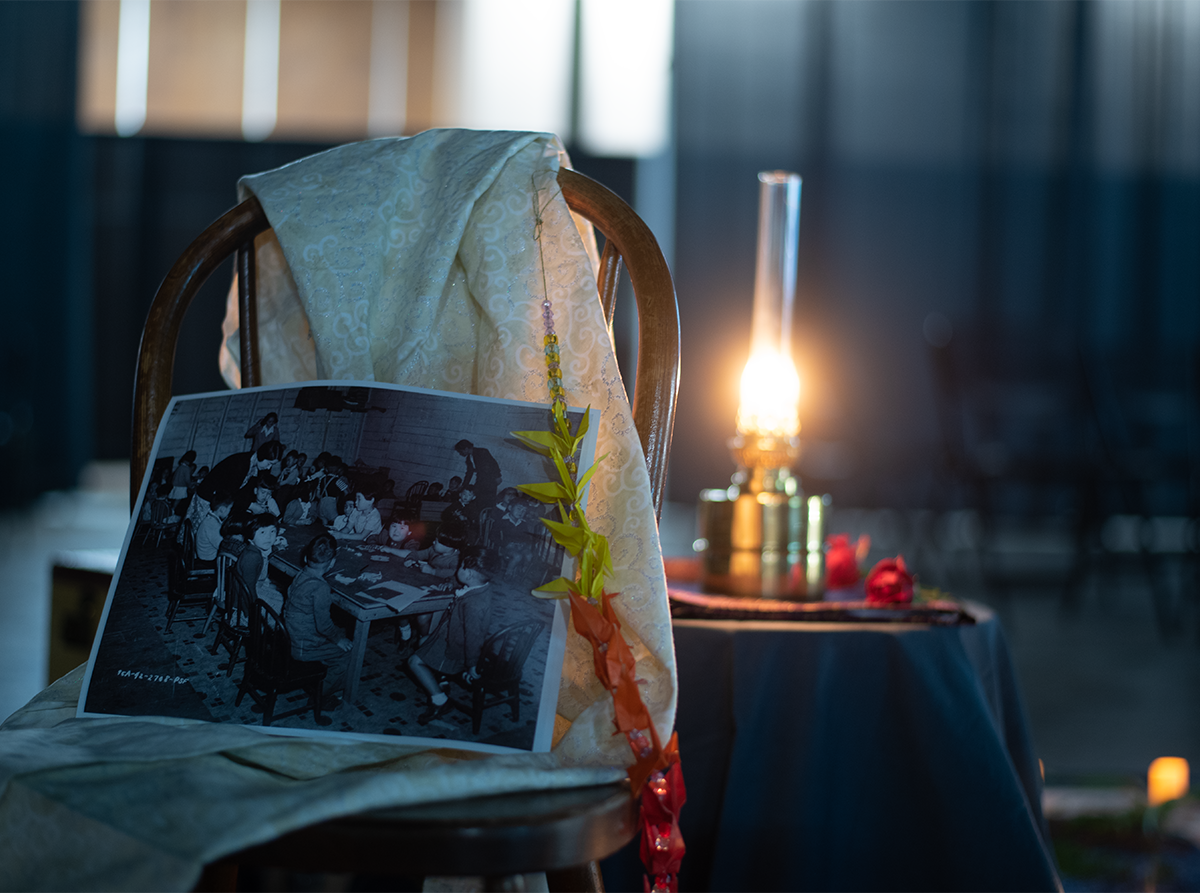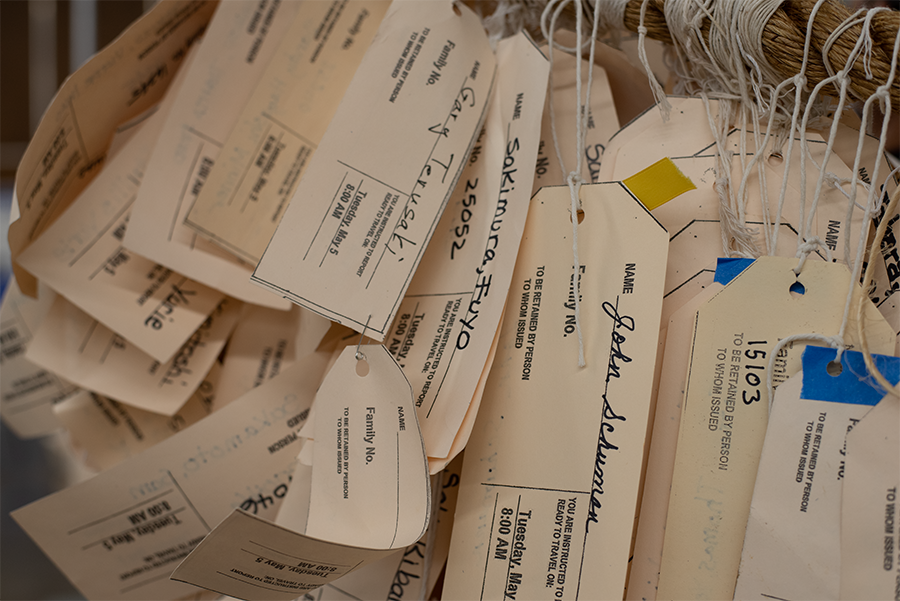Just over 80 years ago, the U.S. government ordered 3,700 Japanese Americans from Oregon and parts of Washington to report to the Portland Expo Center in North Portland along the Columbia River.
A series of buildings, previously used for cattle auctions and livestock exhibitions, became an assembly center where the government held Japanese Americans as they awaited transfer to long-term internment camps. Before this, Portland had a vibrant and bustling Japanese neighborhood in Old Town, known as “nihonmachi.”
On May 27, on the same campus that served as a place of internment, Vanport Mosaic hosted a “Day of Remembrance” as part of its festival to commemorate and celebrate the history of the land and the many communities that once occupied it.
Shortly after the forced internment of Japanese Americans, that same area was home to the second-largest city in Oregon. Vanport — a portmanteau of “Vancouver” and “Portland” — was only intended to be a temporary housing project for workers at Kaiser Shipyards, located in North Portland along the Columbia River.
At its height in 1944, however, Vanport was home to over 40,000 people who were beckoned by well-paying jobs amid World War II. Approximately 40% of these residents were Black Americans, which was more than three times as many Black people as had lived in all of Portland just a few years prior — a population that made Vanport the most racially diverse city in Oregon at the time.
After the end of the war, as Black residents struggled to secure housing within a deeply redlined Portland, Vanport continued to offer an accessible and bustling alternative. But shortly after 4 p.m. on Memorial Day in 1948, a railway berm burst, and a catastrophic flood razed the area. In less than a day, the devastating flood wiped out the entire city, killing 15 and displacing 18,500 Vanport residents.
For a brief moment, Portland opened its arms to its Black neighbors from Vanport, and some white families offered to take in those displaced by the flood. However, discriminatory housing laws made it nearly impossible for Black residents to find new permanent housing, as the only option available to them was an already overcrowded Albina neighborhood. Many were left unhoused for years or forced to return to temporary housing.
By exposing the racial disparities and inequities in Portland, both the Japanese Internment, as well as the flood and its aftermath, changed the social and political fabric of the city.
In 2014, the Vanport Mosaic began as an oral history project that highlights the oft-forgotten community of Vanport. They boast a living archive of photographs, videos and oral histories that serve as “memory activism,” a way to give voice to stories that have long been silenced. Each year, the Vanport Mosaic hosts a festival on the anniversary of the flood in order to celebrate, remember and commemorate the historic city and the communities that called it home.




Street Roots is an award-winning weekly investigative publication covering economic, environmental and social inequity. The newspaper is sold in Portland, Oregon, by people experiencing homelessness and/or extreme poverty as means of earning an income with dignity. Street Roots newspaper operates independently of Street Roots advocacy and is a part of the Street Roots organization. Learn more about Street Roots. Support your community newspaper by making a one-time or recurring gift today.
© 2023 Street Roots. All rights reserved. | To request permission to reuse content, email editor@streetroots.org or call 503-228-5657, ext. 404

